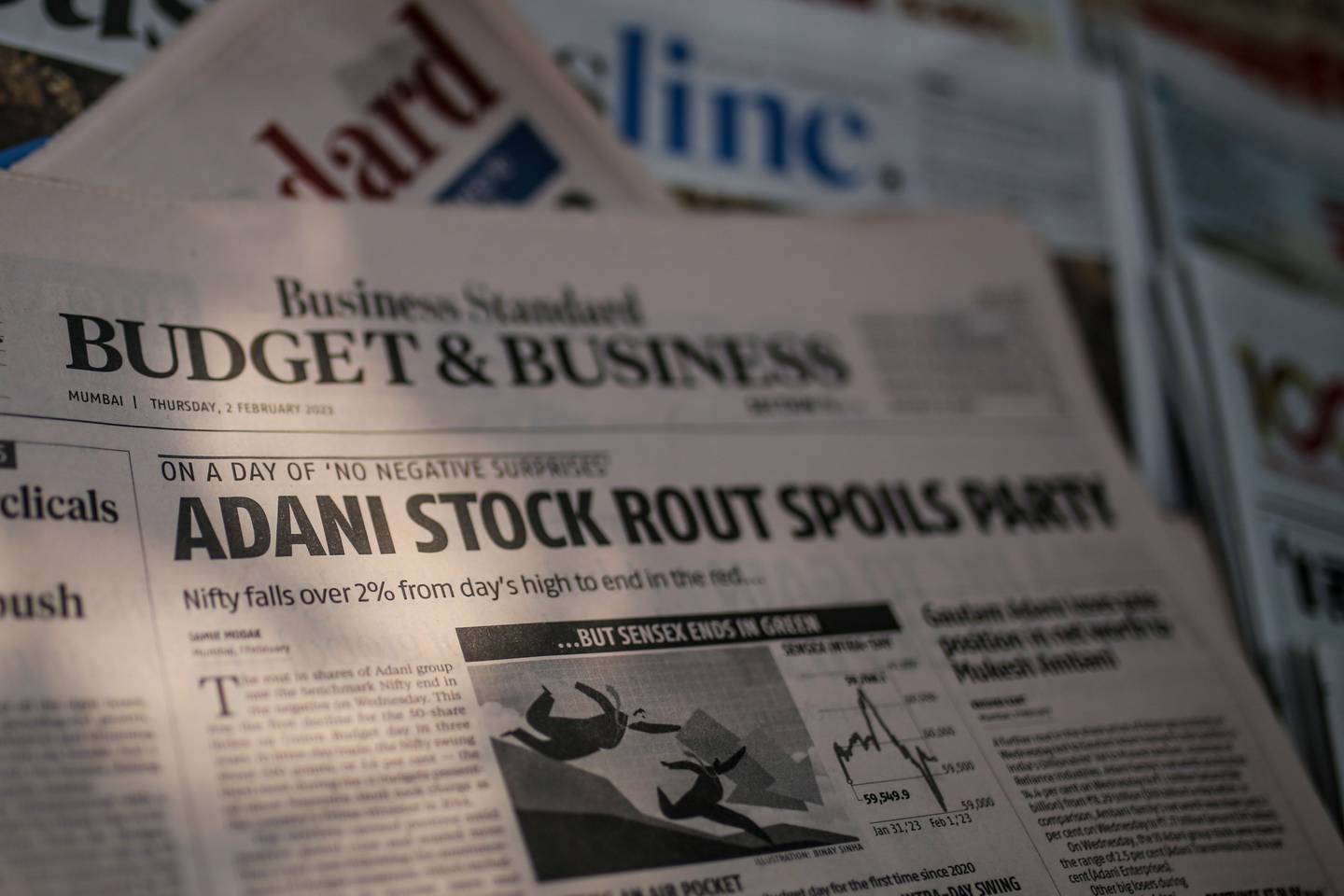By Blake Schmidt*
Gautam Adani‘s fortune has fallen US$52 billion in just six trading days, a virtually unprecedented drop.
It differs from that of fallen crypto star kid Sam Bankman-Fried and Bill Hwang of Archegos Capital Management, who went from having tens of billions to zero after their leveraged trades imploded.
After all, even after his empire’s stock plummeted following a report by short-seller Hindenburg Research, Adani is in charge of a conglomerate that builds the infrastructure that requires heavy capital infusions, such as ports and airports, all in line with Indian Prime Minister Narendra Modi’s development goals.

His loss of wealth is far greater than that of Brazil’s Eike Batista, who used his commodities empire to build domestic infrastructure, such as shipyards and ports, with government support.
It took Batista about a year to lose his US$35 billion fortune, becoming the first known “negative billionaire.”
And while Elon Musk was the first person in history to lose US$200 billion (and has had a few periods where his wealth plummeted as much as Adani’s), he has since bounced back in great style.
The Tesla Inc (TSLA) CEO has added more than US$32 billion to his personal fortune so far this year, the most of anyone analyzed by the Bloomberg Billionaires Index.
Adani’s loss of wealth is one of the most severe in terms of scale and speed since Bloomberg began tracking billionaires in 2012.
According to the index, his wealth now stands at US$61 billion, down from a peak of US$150 billion in September.
The precipitous drop highlights the unique ways in which Adani, 60, climbed the wealth rankings over the past two years, at one point surpassing every billionaire on the planet except Musk.
Many of the tactics were flagged by Hindenburg as alleged fraud: a large concentration of insider stock ownership, rampant use of leverage, and lofty valuations at nearly every turn.
Adani has aggressively expanded his conglomerate, with a push into green energy and infrastructure, securing investments from companies such as Warburg Pincus and TotalEnergies SE.

Adani Group used margin loans to fund its ambitions.
Last week, it had to place about US$300 million worth of shares to maintain its collateral cover on loan provided by a group of banks, including Barclays Plc (BCS).
Adani Group has repeatedly denied Hindenburg’s allegations, calling the report “false” and threatening legal action.
Still, its flagship Adani Enterprises withdrew a US$2.4 billion share sale that was fully underwritten but drew little interest from retail investors.
Units of Credit Suisse Group AG (CS) and Citigroup Inc (C) have stopped accepting some Adani securities as collateral for margin loans.
It is not yet clear to what extent the Indian government will intervene.
Parliament had adjourned after pandemonium broke out when the upper house speaker rejected opposition lawmakers’ request to hold a debate on Adani.
For the time being, Modi has not said anything on the matter.
Meanwhile, according to people familiar with the matter, India’s central bank has asked lenders for details of their exposure to the conglomerate.
State Bank of India, the country’s largest lender, has lent as much as US$2.6 billion to Adani’s companies, about half of what is allowed, according to a person familiar with the matter.
“Adani and his officials are doing their best to paint it as a foreign conspiracy against India’s rise as an economic power,” says Ashok Swain, director of the Department of Peace and Conflict Research at Uppsala University in Sweden.
“The market has not bought this bluff. Adani’s shares have plummeted for a week, so the nationalist discourse is losing relevance.”
Adani, who dropped out of university to try his luck in the diamond industry, is now Asia’s third-richest person, behind his counterpart Mukesh Ambani and Chinese bottled water king Zhong Shanshan. He is on the verge of dropping out of the global Top 20.
*Contributed by Cecile Vannucci and Jack Witzig
With information from Bloomberg

